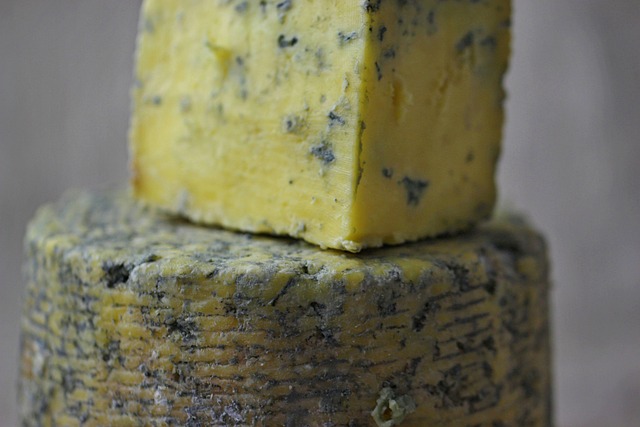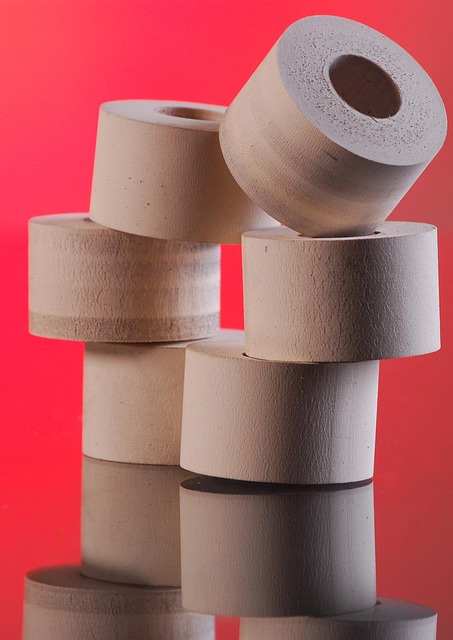Seguin homeowners addressing moisture issues should understand the difference between mold remediation and inspection. While mold inspection identifies mold presence, type, and sources using advanced tools, mold remediation physically removes mold and restores affected areas, requiring specialized knowledge and equipment. Proactive moisture control through fixing leaks, improving ventilation, or structural changes is crucial for preventing mold return. Consulting a certified inspector ensures thorough evaluation and informed decision-making about necessary remediation for Seguin properties.
Seguin homeowners often face the dilemma of knowing when to address mold issues. Understanding the distinction between mold remediation and inspection is crucial. While remediation focuses on fixing water problems and removing contaminated materials, inspection identifies moisture sources and potential hidden mold growth. This article guides Seguin residents through identifying moisture triggers for effective prevention and highlights when professional mold inspection services are necessary to ensure a healthy home environment.
- Understanding Mold Remediation vs. Inspection
- Identifying Moisture Sources for Effective Mold Prevention
- When to Hire a Professional for Mold Inspection in Seguin Homes
Understanding Mold Remediation vs. Inspection

When it comes to addressing moisture-related issues in Seguin homes, the distinction between mold remediation and inspection is crucial for homeowners to comprehend. Many people assume that both processes involve eradicating mold entirely, but they serve different purposes. Mold inspection focuses on identifying the presence of mold, its type, extent, and potential sources of moisture. Professionals use advanced tools and techniques to assess the air quality, inspect hidden areas, and pinpoint where mold may be growing. This step is essential for understanding the scope of the problem and guiding subsequent remediation efforts effectively.
In contrast, mold remediation involves the physical removal of mold and restoration of affected areas. It requires specialized equipment, knowledge of safe disposal methods, and adherence to health and safety standards. After a thorough inspection reveals moisture problems, homeowners can then make informed decisions about remediation. This could range from simple repairs like fixing a leaky pipe to more complex measures such as removing and replacing contaminated materials or even structural changes to prevent future moisture intrusion.
Identifying Moisture Sources for Effective Mold Prevention

Identifying moisture sources is a critical step in effective mold prevention, especially for Seguin homeowners considering mold remediation. Unlike mold inspection, which focuses on detecting the presence and extent of mold growth, understanding and addressing moisture issues is a proactive measure to stop mold from returning. Moisture can originate from various sources within a home, such as leaks in plumbing, roofing, or appliances, high humidity levels due to poor ventilation, condensation on windows, or even excess water from heavy rainfall.
By pinpointing these sources, homeowners can take targeted measures to reduce moisture levels. This may involve fixing leaks promptly, improving ventilation systems, using dehumidifiers in damp areas, or making structural changes to prevent water intrusion. Remember, mold remediation focuses on cleaning and restoring affected areas after the source of moisture is controlled, whereas a thorough mold inspection identifies potential issues early, ensuring that Seguin homeowners can address them before they lead to costly repairs and health risks associated with mold growth.
When to Hire a Professional for Mold Inspection in Seguin Homes

Many Seguin homeowners wonder if they can conduct a mold inspection on their own or if hiring a professional is necessary. While DIY inspections have their place, especially for minor concerns, there are several scenarios where enlisting the help of a certified mold inspector is crucial. One of the primary differences between mold remediation and an inspection lies in scope and purpose. Mold remediation involves addressing and removing mold growth, while inspection focuses on identifying the source and extent of moisture issues that lead to mold development.
If you suspect hidden mold or have experienced recurring moisture problems, such as leaks or high humidity, it’s time to bring in a professional. A qualified inspector has the tools and expertise to detect even microscopic mold spores, trace their origin, and pinpoint the primary moisture source. This is especially important for Seguin homes, where diverse climates can contribute to various potential entry points for water and subsequent mold growth.
For Seguin homeowners concerned about mold, understanding the distinction between mold remediation and inspection is key. While mold remediation addresses existing mold growth, mold inspection focuses on identifying moisture sources to prevent future issues. Regular professional inspections are recommended, especially in humid climates like Seguin’s, to ensure a healthy living environment. When suspicious mold activity arises, it’s wise to hire certified experts who can accurately assess the scope of the problem and provide tailored solutions for effective long-term prevention.
